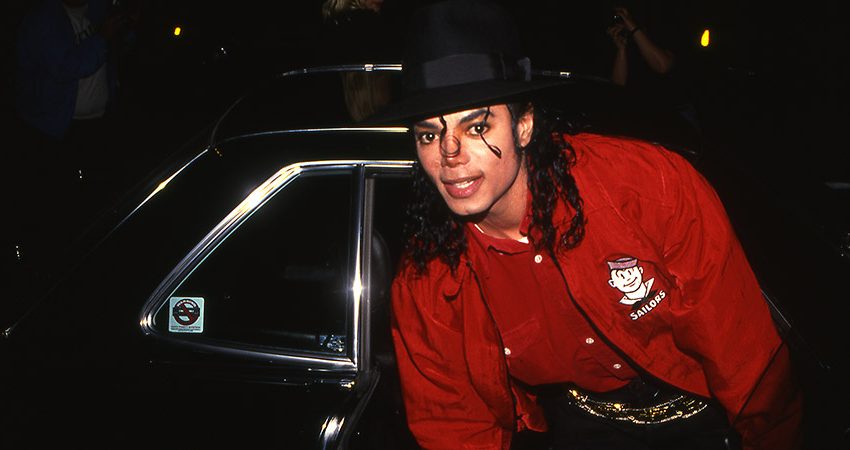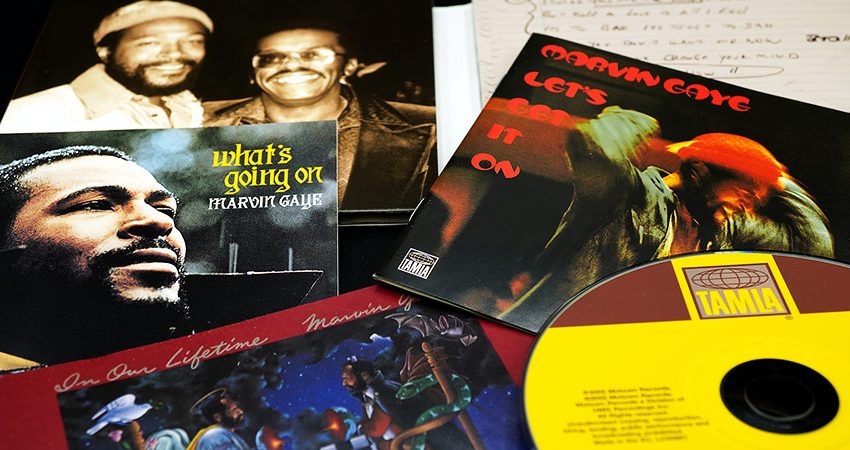It is inarguable that cuteness matters in campaigns focused on animal protection and conservation. Feeling a connection to a species engenders compassion and the desire to see its continuity, and even moves us to engage in programs focused on its survival. Although beauty is in the eye of the beholder, not all animals exhibit the same level of objective adorability. It is with this sentiment in mind that the World Animal Protection aptly framed its “Ugly Animals Need Love Too” campaign.
Don’t Allow the Buffalo in India to Be Cowed Down
Given the current state of global affairs, it may be a good moment to pick an animal mascot that exudes the qualities that have been endlessly promoted by anyone from government officials to self-help advocates and well-meaning friends — resilience and adaptability. The wild Bactrian camel () may not win any beauty pageants, but the species has survived due to characteristics that have been lauded in communities around the world throughout history.
An Icon of Our Times
The tale of the wild Bactrian camel has all the elements needed to draw attention, from its enigmatic origins, an exotic yet challenging habitat, and celebrity advocates. Still, the animal’s plight has been mostly overlooked and under-discussed despite being critically endangered. The following presents a case for why is indeed the animal icon for our times.
Today, differences are lauded and celebrated. Individuals aspire to stand out from the crowd and hope to be considered truly unique. Such revelry should be extended to the wild Bactrian camel as it is indeed a rare gem that the world risks losing without appropriate attention and intervention. For instance, it is a new and separate species — officially acknowledged in 2008 — from the domestic Bactrian camel () due to a difference in ancestral genes. It is not the case of a Silk Road runaway or a constant stream of descendants of camelid escapees (feral camels), though such a title would have added a spicy element to any origin story. The species is on the International Union for Conservation of Nature Red List — an official recognition that approximately just a thousand survive in the wild.
When one thinks of a hospitable environment for a large herbivore, the Gobi Desert does not immediately spring to mind, yet wild Bactrian camels have made this arid region their home. Wild Bactrians can be found in three separate habitats in northwestern China (Lop Nur, the Taklamakan Desert and the ranges of Arjin Shan) as well as a slice of the Trans-Altai Gobi Desert in southwest Mongolia. It is these lands that these distinctive camelids roam in search of hardy shrubs, grass and thorny plants to fuel their journeys.
This territory presents impediments to life that have consequently caused the camels to acclimatize in ways that one finds incredible for a large mammal. Wild Bactrian camels have developed the ability to drink salt water that has an even higher sodium content than seawater. The science behind the camel’s capability to excrete the excess salt has continued to escape researchers. Additionally, the Eurasian steppe is renowned for its unforgiving climate, brutally cold in the winter and mercilessly hot in the summer. Yet with its ability to fluctuate its body temperature, unique glands and an intense woolly winter coat that sheds in summer, can withstand extreme temperatures ranging from -40°C to +55˚C.
The desolate area of Lop Nur may be familiar to those with a keen interest in the history of nuclear weapons. In fact, it was there that the Chinese government, with Soviet assistance, established a nuclear weapons test site in 1959. Wild Bactrian camels endured 25 years of nuclear testing in their natural habitat and even managed to breed normally despite the effects of radiation from a striking 43 atmospheric nuclear tests. Wild Bactrian camels are true models of resilience.
Continued Threats
In 1986, authorities in China’s Xinjiang province turned the area into the Lop Nur Wild Camel National Nature Reserve. However, as is often the case with conservation efforts, human incursion into the protected area has had negative effects on camel populations. The camelids now face continued threats of competition for already limited resources with newly-introduced livestock, habitat loss due to developments such as mining, and from hunting due to a larger human presence in the area, with some going as far as planting landmines to target the animals.
Each of these factors pinpoints an even more precarious future for the wild Bactrian camel. But hope remains for this species. Celebrated voices have used their respectability and star power to raise awareness. For example, Dr. Jane Goodall is a life patron of the Wild Camel Protection Fund (WCPF), and Sir David Attenborough included the species in the new BBC series “A Perfect Planet.” The WCPF lobbies on behalf of the camels, has established a breeding center in Mongolia and is currently engaged in a crowdfunding campaign to build a second one.
Unlike tigers, pandas and the slow-moving sloths that have rocketed to superstardom in recent years, the wild Bactrian camel remains a little-discussed creature whose plight does not often cross the concerned minds of animal lovers. This humble argument proposes that become the mascot of the current zeitgeist in which resilience and adaptability are indispensable features. This charming species exudes a tenacity that must be extolled just as its journey of survival deserves to be shared more broadly. Wild Bactrian camels are worthy of celebration alongside the more aesthetically appealing animals. It would be a shame to lose a species that adapted to such harsh environments and endured so much. Now is its time.



